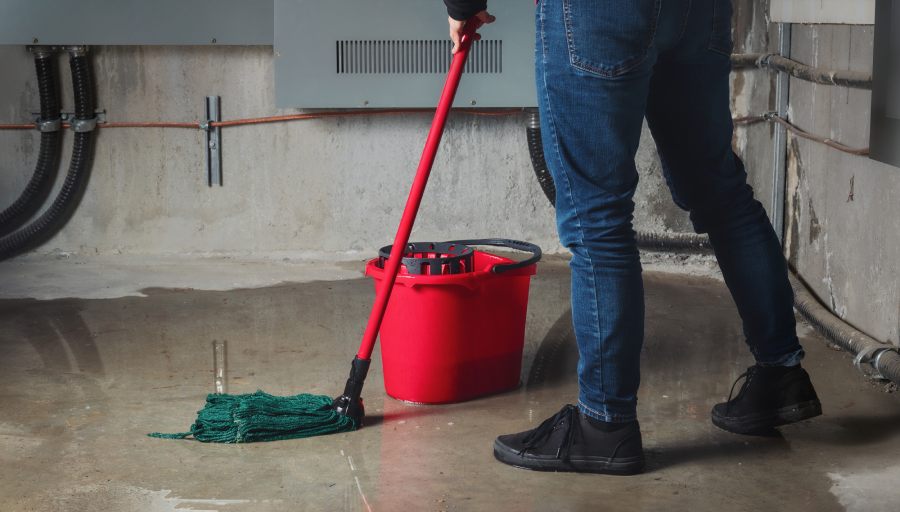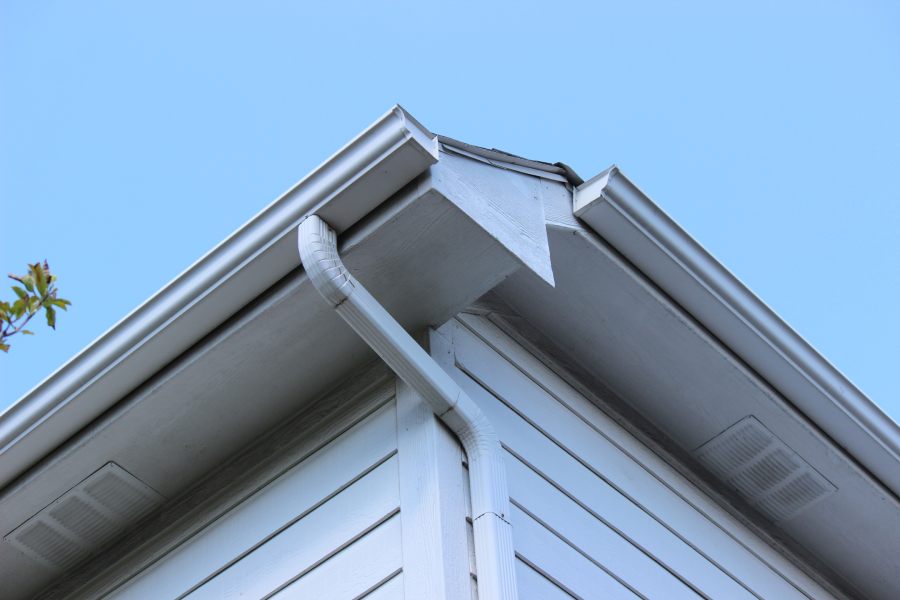When the unexpected occurs and water invades your living space, the aftermath can be overwhelming. Whether it’s a burst pipe, a severe storm, or a flooding event, water damage can wreak havoc on your home and belongings. It leaves you feeling helpless and uncertain about the future.
The key to minimizing long-term damage and preserving your property lies in swift, decisive action and knowledge of proper restoration techniques. In this guide, we’ll explore water damage restoration tips and strategies to help you navigate the challenging process of water damage restoration.
From immediate safety concerns to long-term recovery plans, this guide will prepare you to tackle this daunting task head-on and reclaim your home from the clutches of water damage.
Remember, time is of the essence when dealing with water damage. Armed with the right knowledge, you can turn a disastrous situation into a manageable recovery process.
Water Damage Restoration Tips
Water damage demands immediate action. A quick response can prevent extensive damage and reduce restoration costs. Assess the situation rapidly to determine if it’s a manageable DIY task or if professional help is needed.
Depending on the cause of the water damage, for minor spills, you might handle it yourself. For major flooding or sewage issues, call experts immediately. Swift decision-making between DIY and professional restoration is crucial for minimizing damage and protecting your home.

Water Damage Restoration DIY
Safety first
Ensuring the safety of yourself and others is crucial. Turn off the main power supply immediately; water and electricity are a deadly combination. Don’t enter flooded areas if the power is still on, and use a flashlight for visibility in dark spaces.
Avoid contact with standing water, as it may be contaminated with sewage or harmful chemicals. Wear protective gear like rubber boots and gloves, and use caution when moving through affected areas.
Water extraction
Thorough water extraction is vital to prevent further damage. Start as soon as it’s safe, as every minute counts. The longer water remains, the more damage it causes.
Use proper equipment for extraction. Utilize pumps for large amounts of standing water and wet vacuums for smaller areas. Don’t overlook hidden spaces like walls, floors, and behind cabinets.
Extract water from all affected areas. Use fans and dehumidifiers to aid drying after extraction. If the damage is extensive, don’t hesitate to call professional help.
Inspecting for mold
Inspect your property thoroughly for signs of mold growth after water damage. Look for visible mold, which can appear as spots ranging from black to green or white. Pay special attention to damp, dark areas and porous materials like drywall, carpets, and wood.
Address potential mold growth areas immediately to prevent further spread. Use protective gear such as gloves and masks when handling moldy materials. If the affected area is large or if you’re unsure about handling mold, consider consulting a professional.
Drying and dehumidification
Set up dehumidifiers strategically throughout the affected areas to facilitate effective drying. Place them in the center of rooms or spaces, ensuring proper air circulation around the units. Run the dehumidifiers continuously and empty their water collection tanks regularly.
Monitor moisture levels consistently using a moisture meter to track the drying progress. Focus on both obvious wet areas and less visible spots like inside walls or under flooring. Continue the drying process until all affected materials return to their normal moisture content.
Cleaning and sanitizing
Clean all affected surfaces and items with antimicrobial solutions to prevent mold and bacteria growth. Use a mixture of water and disinfectant, following manufacturer instructions for proper dilution. Pay special attention to porous materials that may harbor hidden contaminants.
Safely remove contaminated materials that can’t be effectively cleaned. This often includes drywall, insulation, siding, and baseboards affected by water damage. Wear protective gear and dispose of these materials properly to prevent spreading contaminants.
Tips for Salvaging Personal Belongings
Handling wet items
Dry wet clothing by hanging it outside or using a clothes dryer on low heat. For documents, freeze them to prevent further damage, then consult a professional restoration service. Handle wet electronics carefully, removing batteries if possible, and avoid turning them on.
Seek professional restoration for delicate items like artwork or antiques. These experts use specialized techniques such as vacuum freeze-drying for books and documents. For heirlooms or valuable items, consult with a conservator before attempting any DIY restoration.
Preventing mold growth
Ensure thorough drying of all salvaged items to prevent mold and mildew growth. Use fans and dehumidifiers to circulate air and reduce moisture levels. Monitor items closely for several days, as mold can start growing within 24-48 hours.
Apply mold inhibitors or anti-fungal treatments as necessary, following product instructions carefully. These treatments can be particularly useful for porous materials like fabrics and wood. For severe cases or valuable items, consider professional mold remediation services.
Preventive Measures for Future Protection
Addressing underlying issues
Identify and fix plumbing leaks promptly to prevent future water damage. Inspect your roof regularly for damaged shingles or flashing, and repair issues immediately. Consider professional help for complex plumbing or roofing problems to ensure proper resolution.
Implement waterproofing measures in vulnerable areas of your home. Apply sealants to basement walls and floors to prevent water seepage. Install proper drainage systems around your foundation to divert water away from your home.
Regular maintenance
Schedule regular inspections of your plumbing and HVAC systems to catch potential issues early. Have a professional check these systems at least annually, and address any problems promptly. Be attentive to signs of water damage, such as discoloration or musty odors.
Clean gutters and downspouts regularly to prevent water buildup and overflow. Ensure downspouts direct water at least five feet away from your home’s foundation. Consider installing gutter guards to reduce debris accumulation and maintain proper water flow.

Conclusion
Dealing with water damage can be overwhelming, but with the right knowledge and quick action, you can minimize its impact on your home. Remember, safety should always be your top priority. Act swiftly to extract water, dry affected areas, and prevent mold growth.
Don’t hesitate to seek professional help for extensive damage or complex restoration tasks. Salvage your belongings carefully, paying special attention to delicate items. Most importantly, take preventive measures to protect your home from future water damage.
Regular maintenance, addressing underlying issues, and staying vigilant can save you from the stress and expense of water damage in the long run. By following these water damage restoration tips, you’ll be well-prepared to handle unexpected water intrusions and protect your home effectively.
